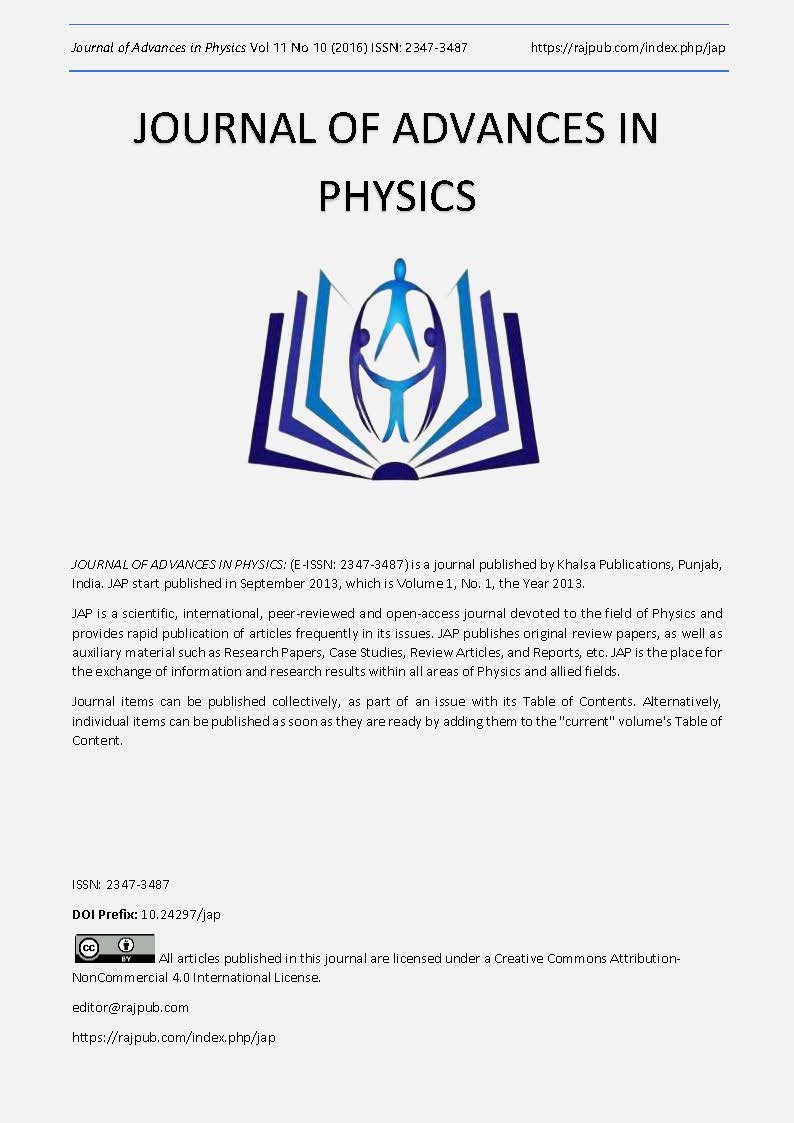What drives our brain? PFO as a physical being outside our universe
DOI:
https://doi.org/10.24297/jap.v11i8.188Keywords:
brane world, multi-dimensional universe, fermion, super string, brain, consciousnessAbstract
Local functions of the brain can be complemented by other parts by training, even if they were lost by an accident such as external injury and internal bleeding. This is the dynamical redistribution of functions inside the brain. It can be regarded as a result of the Operating System (OS) function of the brain, on the analogy of computers. On the other hand, the passive consciousness hypothesis is known to be a powerful cognitive model in the sense that it figures out the difficult problems concerning consciousness such as the frame problem, binding problem, etc. Intrinsic problem of the model, however, lies in the dubious mechanism by which collective opinions are decided by majority vote in the unconscious system and are collected to the local conscious system in a bottom-up manner. No one has elucidated, so far, how the unconscious system and the conscious one are connected in the neural network. The Parasite Fermion Model is a physical model that solves those problems. The Model asserts that, only by assuming the multi-dimensional universe that is nowadays commonly discussed in the modern physics and two types of fermions (material particles), there exists the materialistic subject, called Parasite Fermion Object (PFO), in the extra-dimensional space. One can avoid above-mentioned difficulties, by assuming that the PFO plays a significant role in the OS function and decision process of the unconscious system.Downloads
Download data is not yet available.
Downloads
Published
2016-06-15
How to Cite
Taneichi, T. (2016). What drives our brain? PFO as a physical being outside our universe. JOURNAL OF ADVANCES IN PHYSICS, 11(10), 4070–4087. https://doi.org/10.24297/jap.v11i8.188
Issue
Section
Articles
License
 All articles published in Journal of Advances in Linguistics are licensed under a Creative Commons Attribution 4.0 International License.
All articles published in Journal of Advances in Linguistics are licensed under a Creative Commons Attribution 4.0 International License.




